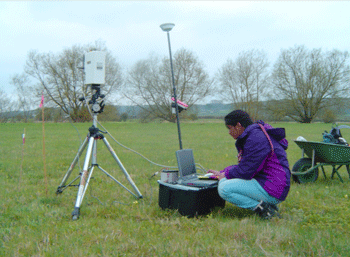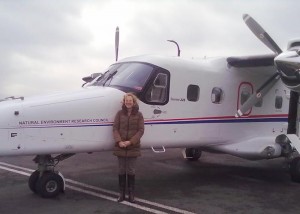
Elaeis guineensis
Ahead of the launch of a report by Geoff Griffiths and Ruth Evans on the environmental and social impacts of a proposed Palm Oil plantation in Liberia, Geoff featured in two interviews for the BBC World Service.
The Newsday interview was broadcast at 6am on Monday 24 June (55 minutes into the programme). Listen to the Newsday programme (available until 29 June.)
The World Business Report with Mike Johnson, a ‘head-to-head’ between Geoff and a representative from Sime Darby (Malaysia Palm Oil Company) was broadcast at 22:32 on Monday 24 June (15.35 minutes into the programme). Listen to the World Business Report programme.
“Our work suggests that buffer zones of 1 to 4 km around local settlements would help local people retain farmland and some access to forest resources. Our innovative environmental assessment also identifies key areas for biodiversity, carbon storage, water supply and livelihoods. Protecting such areas would help to reduce negative impacts.” says Geoff. Read more on Phys.org
Read the full report: Palm oil, land rights and ecosystem services in Gbarpolu County, Liberia


